Home>Gardening & Outdoor>Landscaping Ideas>How Often Should Lawns Be Watered
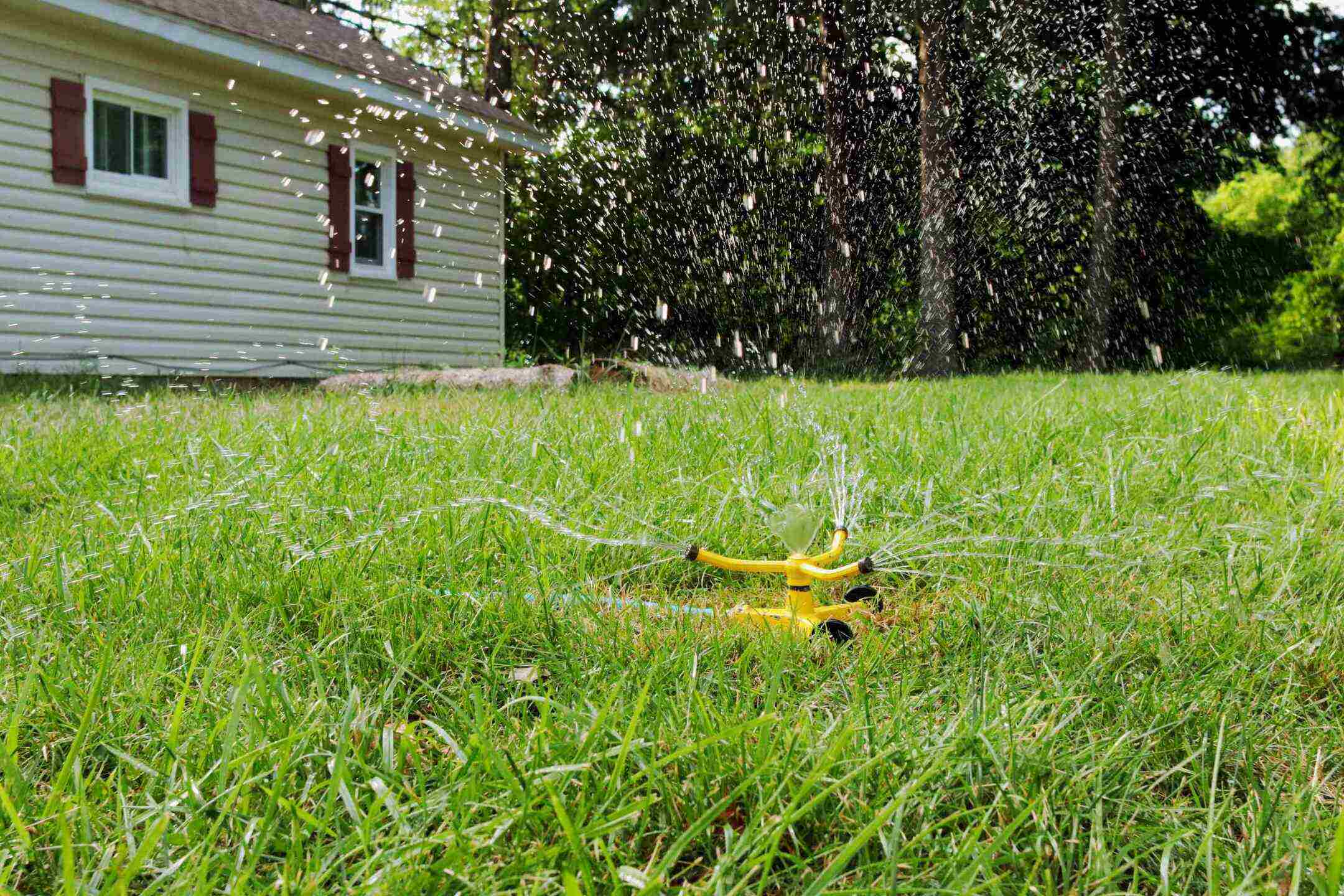

Landscaping Ideas
How Often Should Lawns Be Watered
Published: December 25, 2023
Discover expert landscaping ideas and learn how often lawns should be watered to maintain a healthy and vibrant outdoor space. Find the best watering schedule for your lawn today!
(Many of the links in this article redirect to a specific reviewed product. Your purchase of these products through affiliate links helps to generate commission for Storables.com, at no extra cost. Learn more)
Introduction
Proper watering is crucial for maintaining a healthy and vibrant lawn. However, determining the correct frequency for watering your lawn can be challenging. Factors such as climate, soil type, grass species, and time of year all influence the watering needs of your lawn. By understanding these factors and recognizing the signs of both underwatering and overwatering, you can develop an effective watering schedule to promote lush, green grass while conserving water.
In this comprehensive guide, we’ll explore the various factors that affect lawn watering frequency, signs that indicate your lawn is not receiving the right amount of water, general guidelines for watering, and the best time to water your lawn. With this knowledge, you’ll be equipped to optimize your lawn’s health and appearance through proper watering practices.
Key Takeaways:
- Proper watering frequency for your lawn depends on climate, soil type, grass species, and time of year. Recognize signs of underwatering and overwatering to maintain a healthy, vibrant lawn.
- Deep, infrequent watering, early morning irrigation, and adapting to environmental conditions are key for nurturing a resilient, visually appealing lawn while conserving water resources.
Read more: How Often Should I Seed My Lawn
Factors Affecting Lawn Watering Frequency
Several key factors influence the frequency at which you should water your lawn. Understanding these factors is essential for developing an effective watering schedule that meets the specific needs of your lawn.
- Climate: The climate in your region plays a significant role in determining how often you should water your lawn. In hot, arid climates, lawns typically require more frequent watering to combat evaporation and maintain moisture levels. Conversely, in cooler, more humid climates, watering may be less frequent.
- Soil Type: The composition of your soil affects its water retention capabilities. Sandy soils drain water more quickly and may require more frequent watering, while clay soils retain water for longer periods, necessitating less frequent watering.
- Grass Species: Different grass species have varying water requirements. Warm-season grasses, such as Bermuda and Zoysia, thrive with less frequent but deeper watering, while cool-season grasses like Kentucky bluegrass and fescue may require more frequent watering, especially during hot weather.
- Time of Year: Watering needs fluctuate throughout the year. During the growing season, typically spring and summer, lawns require more frequent watering to support growth and combat heat stress. In contrast, during the dormant season, such as fall and winter, watering frequency can be reduced.
- Lawn Health: The overall health of your lawn, including its density and root depth, impacts watering frequency. A healthy, well-established lawn with deep roots can withstand longer periods between watering, while newly seeded or sodded lawns require more frequent watering to support establishment.
By considering these factors and assessing the specific conditions of your lawn, you can tailor your watering schedule to provide the appropriate amount of water for optimal growth and health.
Signs of Underwatering and Overwatering
Recognizing the signs of both underwatering and overwatering is essential for adjusting your lawn watering practices to meet its specific needs. By being attentive to these indicators, you can prevent damage and promote the overall health and vitality of your lawn.
Signs of Underwatering
When a lawn is not receiving adequate water, it exhibits several telltale signs. These include:
- Wilting: Grass blades may appear limp, wilted, or folded in an attempt to conserve moisture.
- Discoloration: The grass may take on a dull, bluish-green hue or show signs of browning, particularly in areas with high heat exposure.
- Slow Growth: Underwatered lawns may exhibit stunted growth or a lack of recovery following mowing or foot traffic.
- Thinning and Bare Patches: Areas of the lawn may become sparse, with increased visibility of soil or thatch due to inadequate moisture.
Signs of Overwatering
Overwatering can be just as detrimental to a lawn as underwatering. Common indicators of overwatering include:
- Pooling Water: Excessive watering may lead to standing water on the lawn’s surface, indicating poor absorption and potential waterlogging.
- Fungus and Mold: Overly wet conditions create a hospitable environment for fungal diseases, leading to the development of mold, mildew, or other fungal growth on the grass blades or soil surface.
- Yellowing and Mushy Texture: Grass may take on a yellow or pale green color and feel excessively soft and mushy due to waterlogged roots.
- Increased Weed Growth: Overwatered lawns may experience a surge in weed growth, as the moist conditions favor weed establishment and proliferation.
By monitoring your lawn for these signs and adjusting your watering practices accordingly, you can maintain a healthy balance of moisture and support optimal growth and resilience.
General Guidelines for Lawn Watering
Establishing a consistent and effective watering routine is essential for nurturing a lush, resilient lawn. By following these general guidelines, you can ensure that your lawn receives the appropriate amount of water to support healthy growth and withstand environmental stressors.
Deep, Infrequent Watering
Instead of frequent light watering, which encourages shallow root growth and increases the lawn’s vulnerability to drought, aim for deep, infrequent watering sessions. This approach promotes the development of deep, robust roots that enhance the lawn’s ability to access moisture and nutrients from the soil.
Watering Frequency
During the active growing season, lawns typically require around 1 to 1.5 inches of water per week, either from rainfall or irrigation. To achieve this, water deeply once or twice a week rather than applying small amounts of water daily. Adjust the frequency based on specific environmental conditions and the lawn’s response to watering.
Early Morning Watering
Watering your lawn in the early morning, ideally between 4 am and 10 am, allows the grass blades to dry quickly in the sunlight, reducing the risk of fungal diseases. Avoid watering in the evening, as prolonged moisture on the grass overnight can promote fungal growth.
Read more: How Often Should You Water Seeds
Use of Rain Gauges or Moisture Meters
To accurately gauge the amount of water your lawn receives from rainfall and irrigation, consider using rain gauges or moisture meters. These tools provide valuable insights into soil moisture levels, helping you adjust your watering schedule as needed to maintain optimal conditions for your lawn.
Drought Tolerance and Water Conservation
Encourage drought tolerance and water conservation by allowing your lawn to enter a temporary dormancy during periods of limited rainfall or water restrictions. While the grass may appear brown and dormant, it can rebound once favorable conditions return, reducing the overall water demand.
By adhering to these general guidelines and adapting them to suit the specific needs of your lawn, you can establish a sustainable watering routine that fosters a resilient, vibrant lawn while conserving water resources.
Best Time to Water Lawns
Timing is a critical factor in ensuring the effectiveness of lawn watering. By choosing the optimal time to water your lawn, you can maximize water absorption, minimize evaporation, and reduce the risk of fungal diseases. Consider the following insights to determine the best time for watering your lawn.
Early Morning
Watering your lawn in the early morning, preferably between 4 am and 10 am, offers several advantages. The cooler temperatures and gentle morning sunlight facilitate efficient water uptake by the grass roots. Additionally, watering at this time allows the grass blades to dry quickly in the daylight, reducing the likelihood of fungal diseases taking hold.
Read more: How Often Should We Water Grass
Mid-Morning to Early Afternoon
If early morning watering is not feasible, the mid-morning to early afternoon period, prior to the hottest part of the day, can also be suitable for lawn irrigation. However, it’s essential to complete watering before the afternoon heat intensifies, as excessive evaporation can diminish the water’s effectiveness and lead to moisture loss.
Evening Watering Precautions
While watering in the evening may seem convenient, it can pose challenges. Moist grass blades and soil that remain damp overnight create a conducive environment for fungal diseases to develop. If evening watering is necessary, aim to complete the irrigation well before sunset to allow sufficient time for the grass to dry before nightfall.
Consistency and Adaptation
Consistency in your watering schedule is key to promoting a healthy lawn. However, it’s important to remain adaptable and responsive to changing environmental conditions. During periods of high heat or drought, adjusting the timing and frequency of watering can help mitigate stress and maintain the lawn’s vitality.
Consideration of Local Regulations
Be mindful of any local water restrictions or guidelines pertaining to lawn watering. Adhering to these regulations not only ensures compliance but also contributes to responsible water usage and conservation efforts within your community.
By selecting the best time to water your lawn and remaining attentive to the specific needs of your grass and soil, you can optimize the effectiveness of your watering practices and promote a resilient, visually appealing lawn.
Read more: How Often Should You Water Lavender Seeds
Conclusion
Developing an effective lawn watering routine is a fundamental aspect of maintaining a thriving and resilient lawn. By considering the various factors that influence watering frequency, recognizing the signs of both underwatering and overwatering, and adhering to general guidelines for watering, you can nurture healthy grass while conserving water resources.
Understanding the impact of climate, soil type, grass species, and the time of year on your lawn’s watering needs empowers you to tailor a watering schedule that aligns with its specific requirements. By embracing deep, infrequent watering and prioritizing early morning irrigation, you can enhance water absorption and minimize the risk of fungal diseases, ultimately promoting the overall health and vitality of your lawn.
Remaining attentive to the visual indicators of both underwatering and overwatering enables you to make timely adjustments to your watering practices, preventing damage and fostering optimal growth. By embracing a balanced approach to lawn watering, you can support the development of deep, resilient roots and reduce the lawn’s susceptibility to environmental stressors.
Consistency, adaptability, and compliance with local water regulations are essential components of responsible lawn watering. By integrating these principles into your approach, you contribute to sustainable water usage and conservation efforts while cultivating a lush, visually appealing lawn.
With this comprehensive understanding of lawn watering best practices, you are equipped to optimize your watering routine and nurture a vibrant, resilient lawn that enhances the beauty and enjoyment of your outdoor space.
Frequently Asked Questions about How Often Should Lawns Be Watered
Was this page helpful?
At Storables.com, we guarantee accurate and reliable information. Our content, validated by Expert Board Contributors, is crafted following stringent Editorial Policies. We're committed to providing you with well-researched, expert-backed insights for all your informational needs.
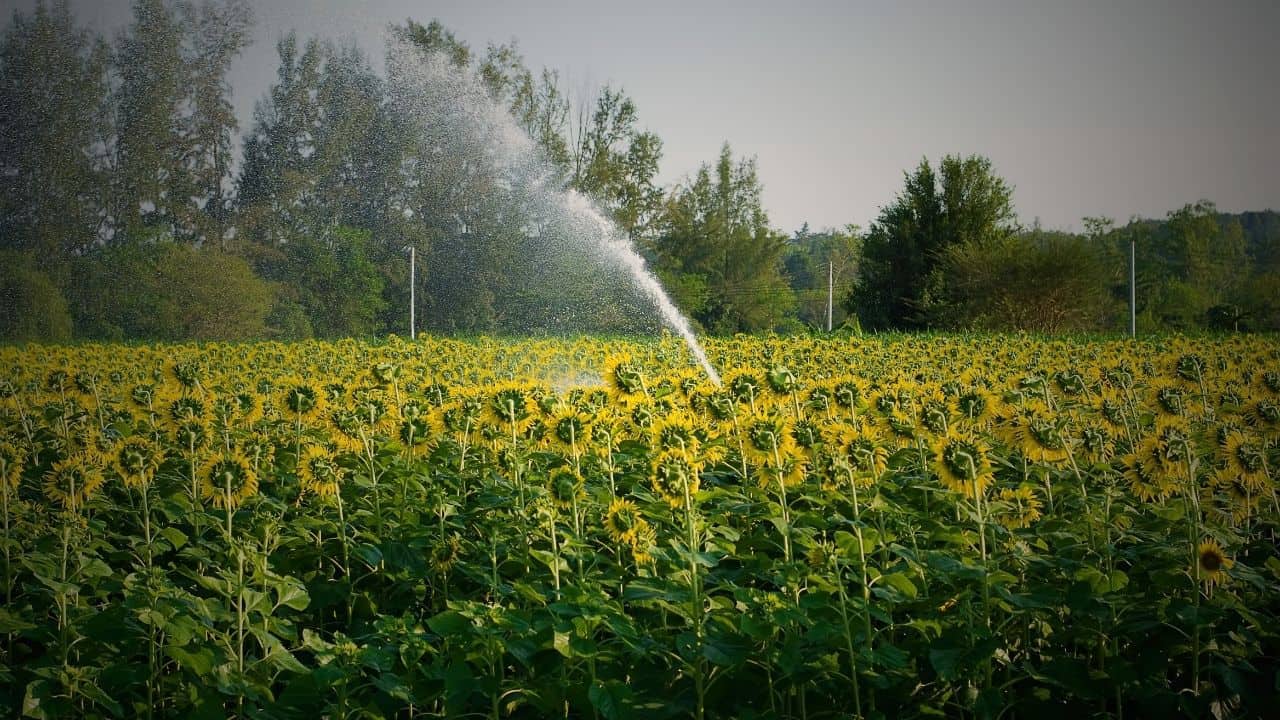
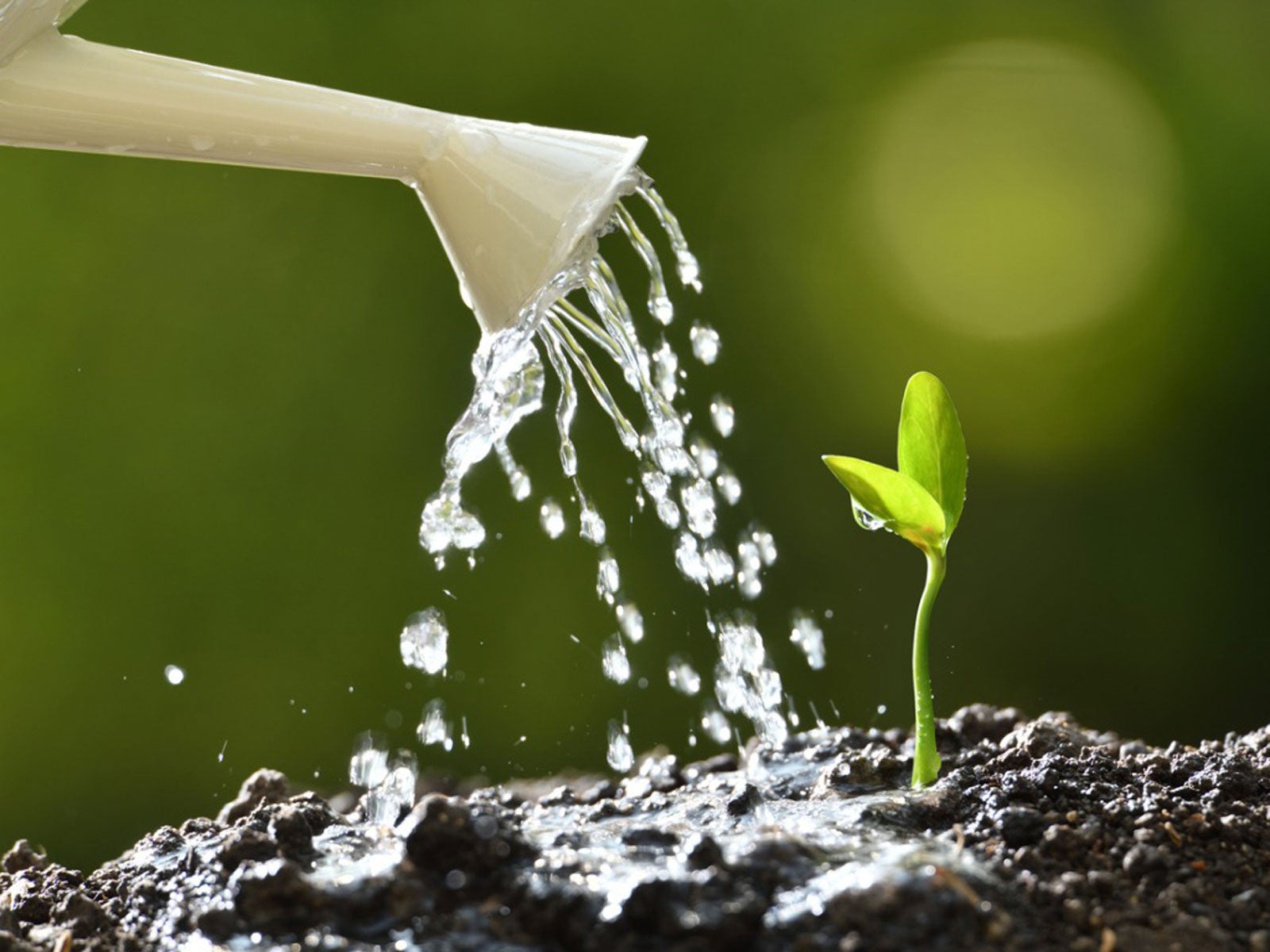

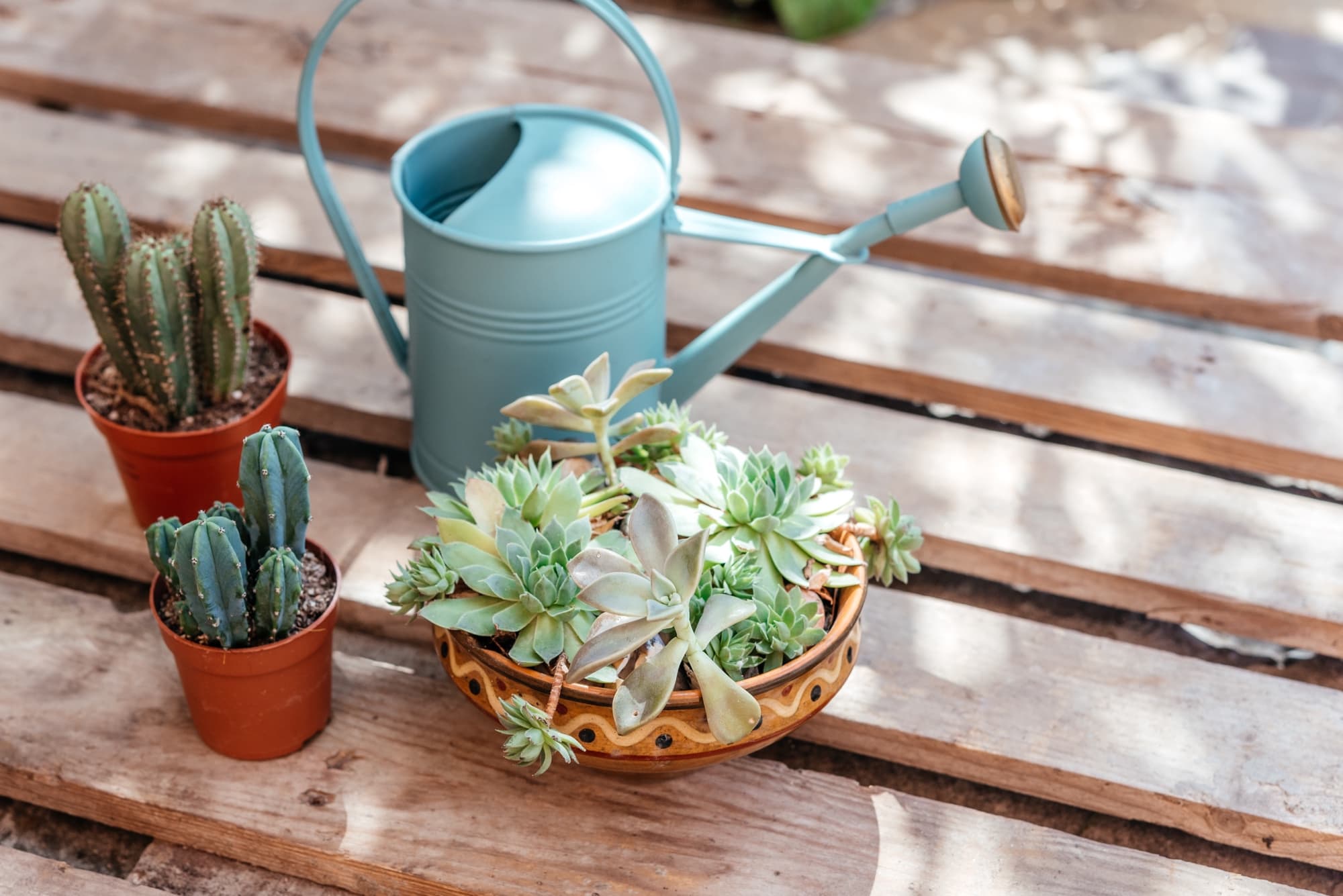
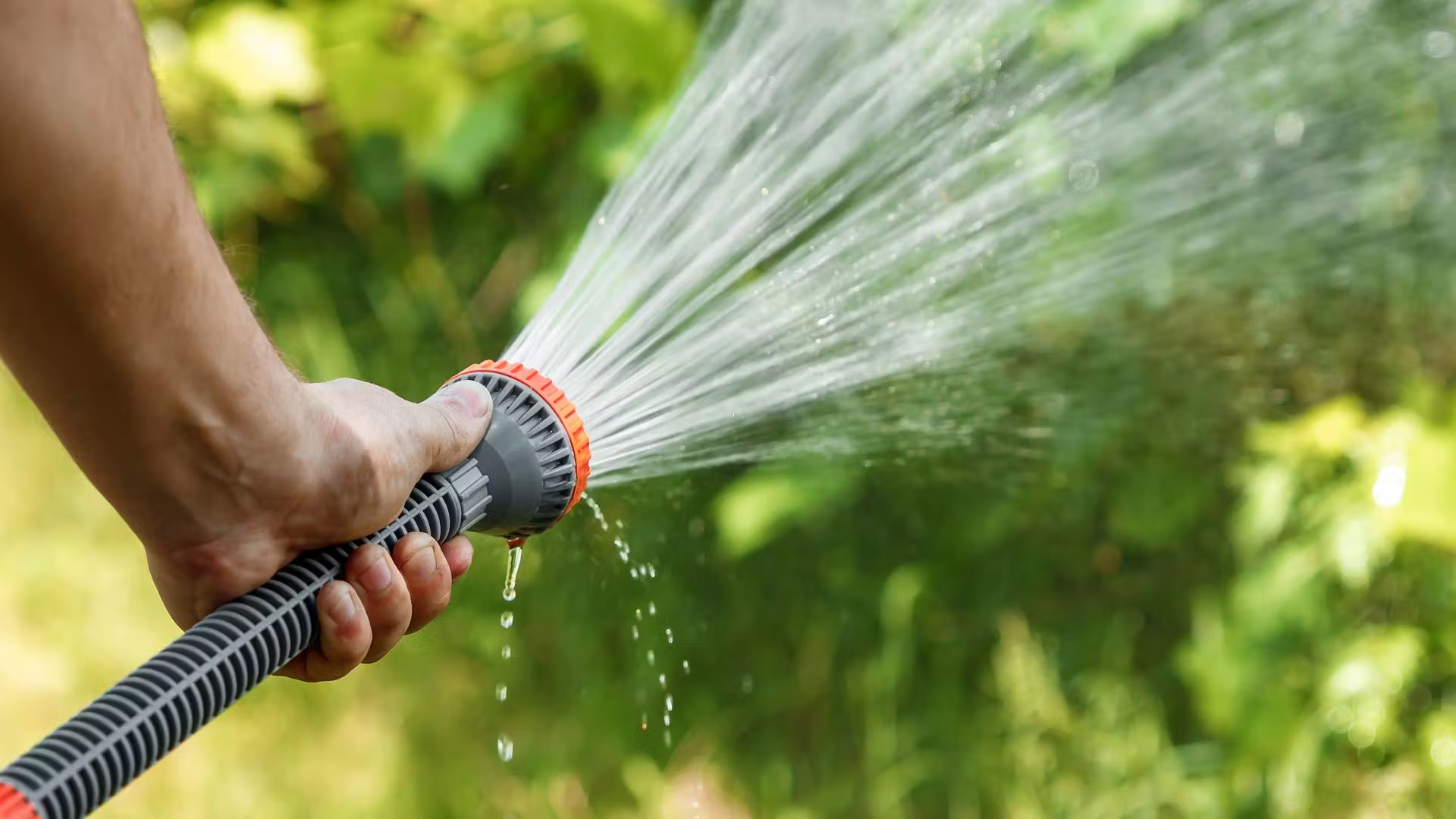

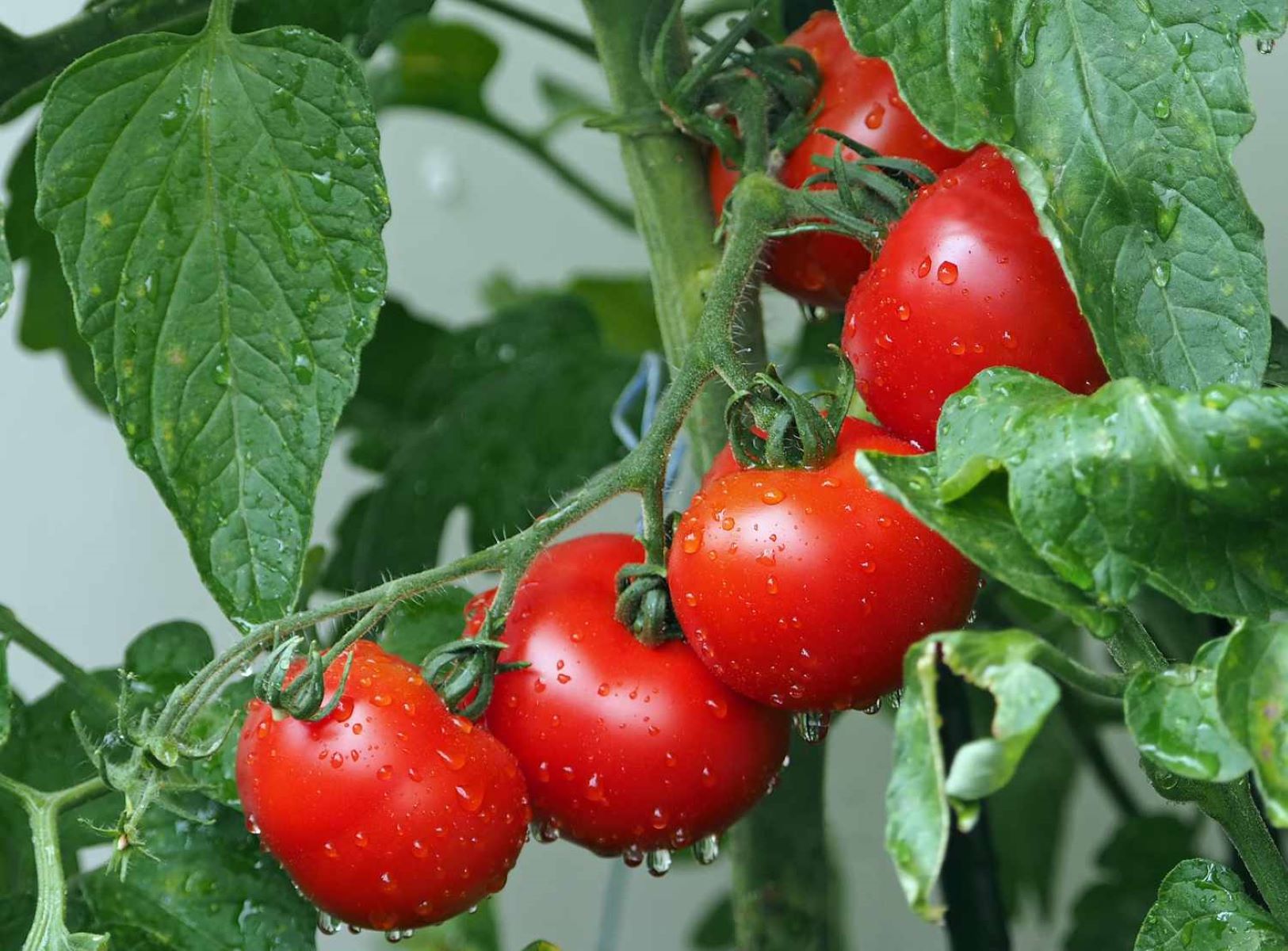
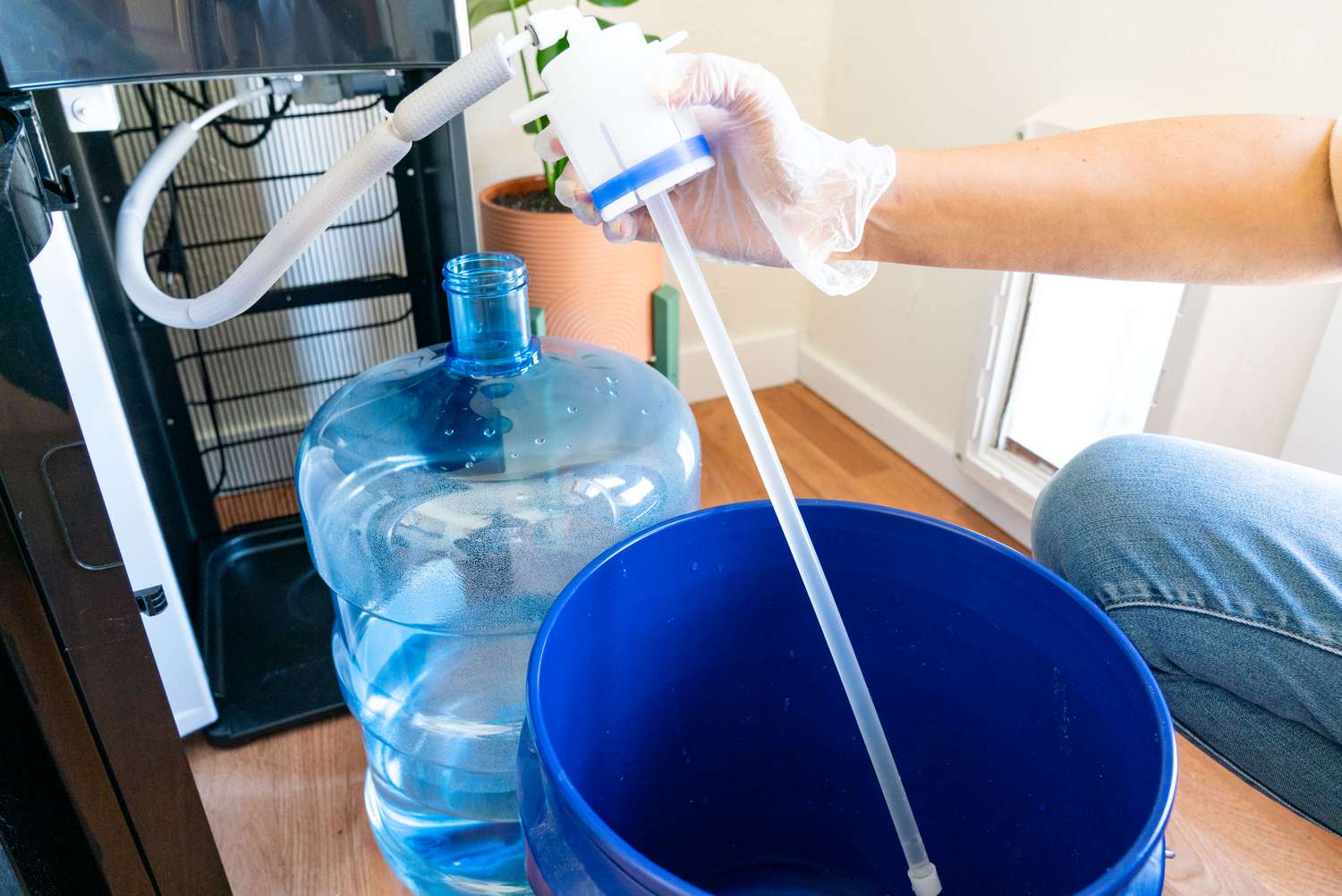
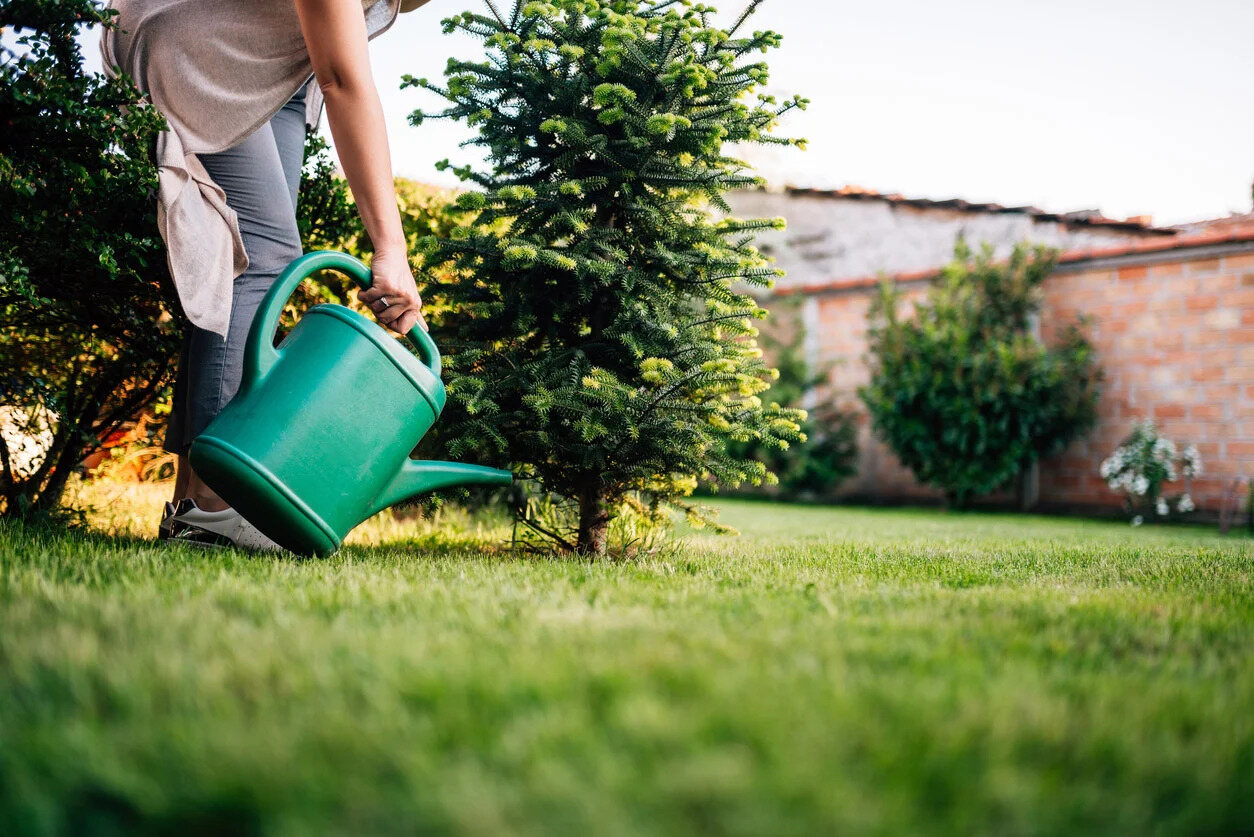
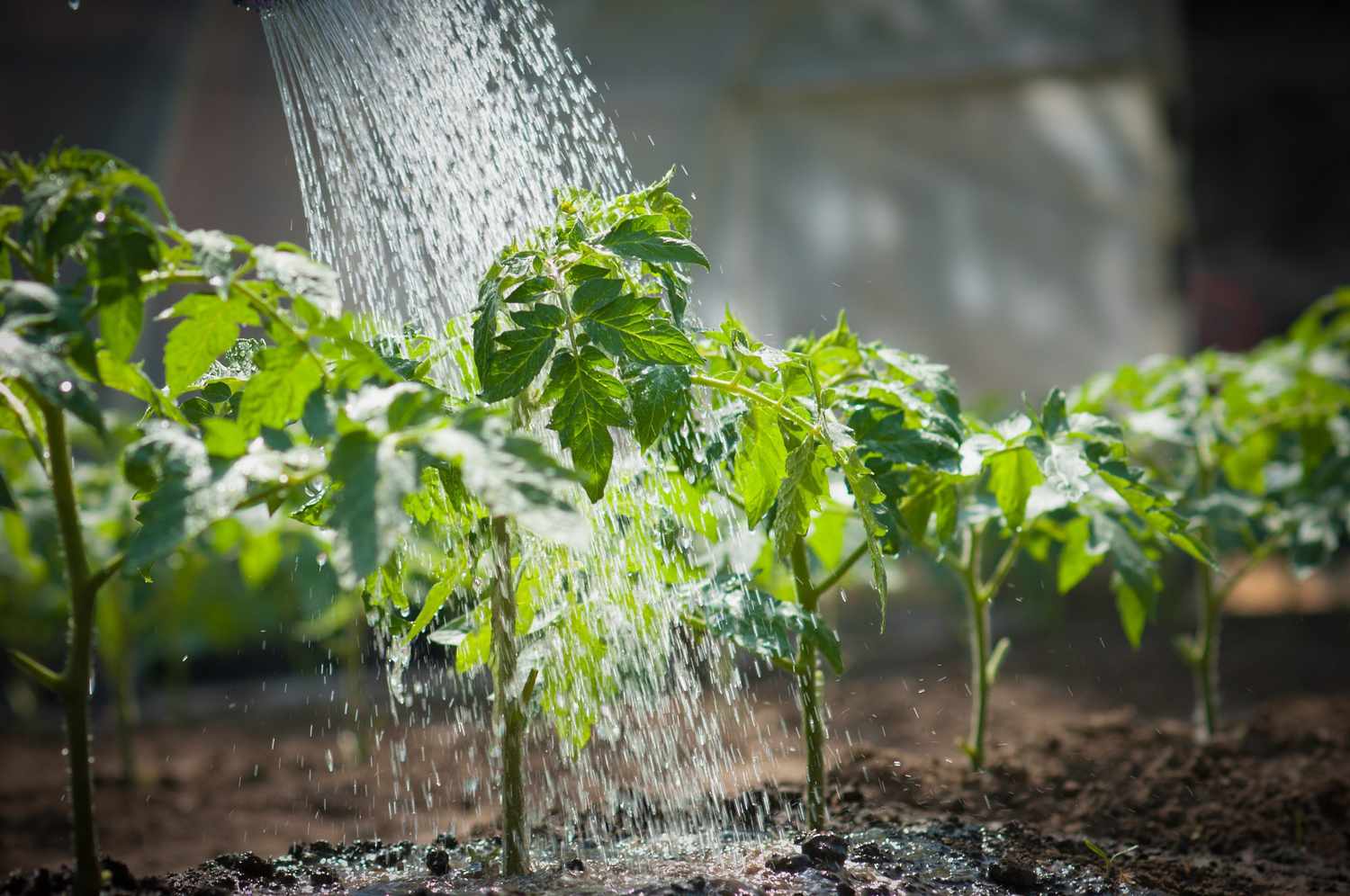
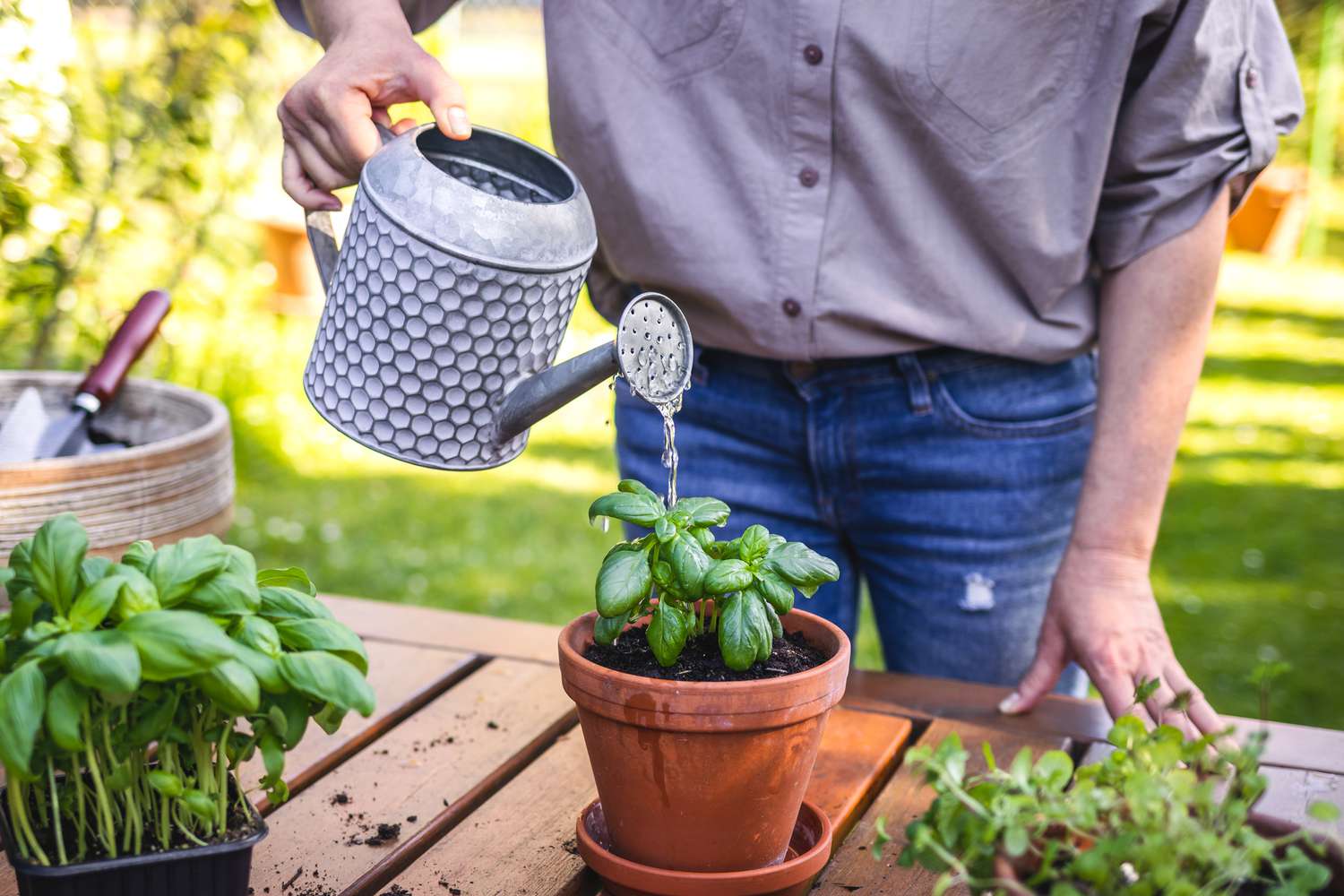

0 thoughts on “How Often Should Lawns Be Watered”